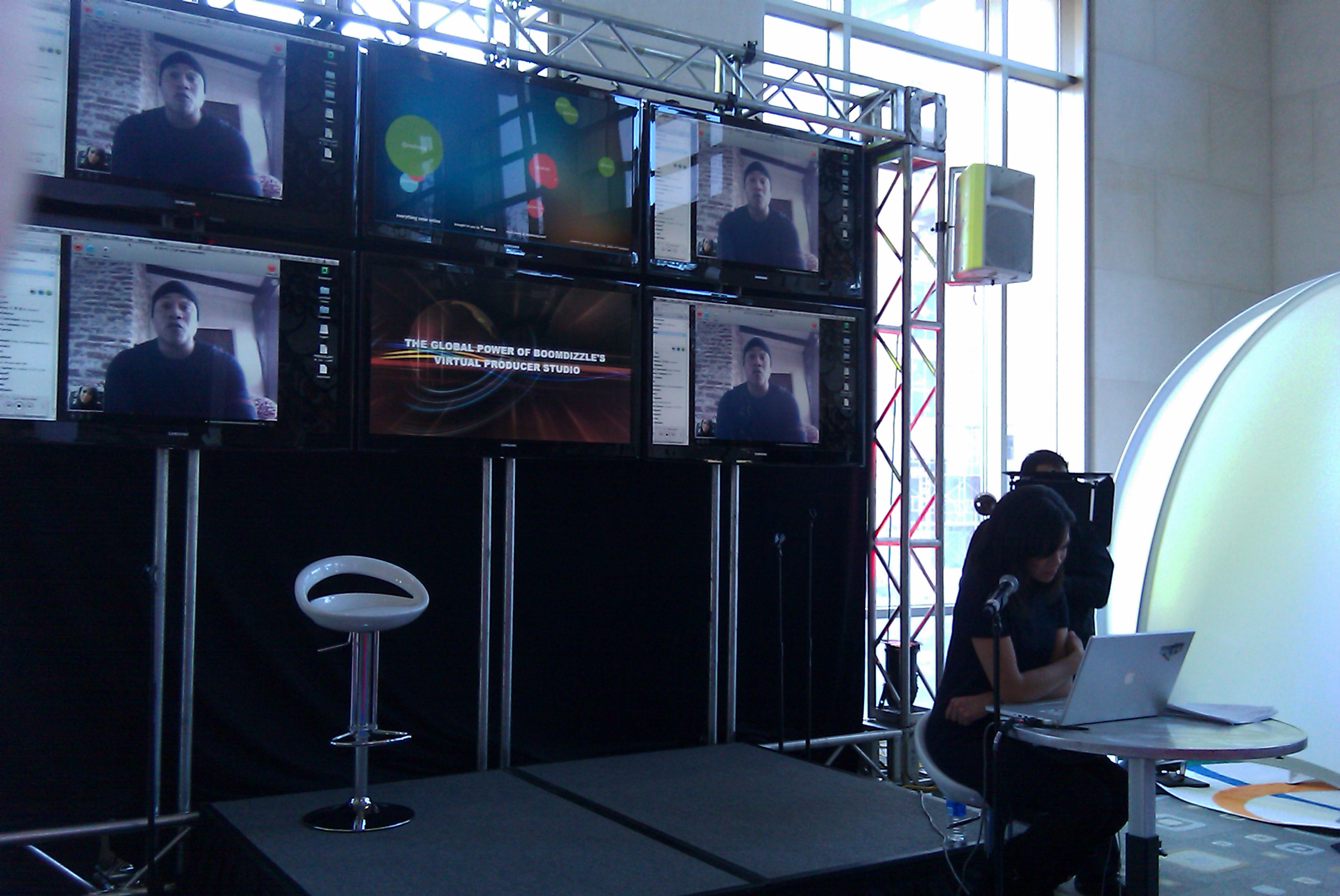SXSW was exhausting, fast, and fun. Most academics really miss the bleeding edge of technology, and with good reason (they are trapped in often antiquated systems that can slow down publication and dissemination of articles, though I have experienced some improvement in this vein over the years). Here are a few of my final thoughts:
- The parties were everything I heard they would be. Rather than hopping, I tended to stay in one place each night. To my mind, this led to less eternal queuing (I heard two hours at one point for the PBS party), and I think one of the great lessons in life is to be happy right where one is. And with the Walkmen playing at the DiggNation party on Saturday night, I felt no need to leave (though I heard amazing things about the frog design party, which featured vodka and corn dogs). I had a cool exchange with someone about how his company uses qualitative research, and how that compares with some of the expectations in quantitative research; tremendous learning occurred amidst the product demonstrations and frivolity.
- Panel highlights included the “Is there too much math in marketing” debate Tuesday morning. The pro- and con- advocates kept the tone light, but made their points. Ultimately, I felt they were saying the same thing—know the questions before you look at the data. For the pro-math camp, this resulted in tighter and more leveled/meaningful metrics. For the creative- camp, this resulted in using math (really to test the effectiveness of ideas born out of radical and bold notions. Of course, I think they meant statistics when they mentioned math, but maybe that distinction is meaningless to non-academic folks. A panel on “Rebranding the Republican Party” provided an interesting history on the evolution of a website and the brand evolving around it. A fellow tweeter summarized the most quixotic feature about the panel: “If I hear the phrase ‘Leadership of the Chairman’ again, I’m going to start looking for signs in Mandarin.”
- I found it easy to meet people, which is good since I knew few at SXSW beforehand. Certainly there were people who seemed to run in cliques (maybe in that large of a crowd high-school tendencies can’t help but emerge), but I think I did a good job staying outside of my comfort zone. I met an diverse array of self-made folks, sharp folks snatched up by top agencies and corporations, and folks who effortlessly evolved through different businesses in perhaps the fastest-moving field in human-kind. In one instance, I wound up on a bus next to the CEO of HootSuite, and got some ideas on how I could use it for my social media class. While waiting for a Microsoft party, one of the first 2000 of Google’s employees showed me how to update the features on my Android phone. And Conan O’Brien showed up on stage at Stubb’s Barbeque to announce a new television deal. This last thing may have only existed as a really great Twitter prank; I suppose you had to be there…
After spending several hours Sunday afternoon at the Social Media Club House (see picture of the view from the backyard), the PBS event ended a nice day. It had the ingredients of a perfect party–great Tex-Mex, margaritas, excellent music from Band of Skulls and Nicole Atkins, a historical location (the ACL Studios), and it was in the college of my alma mater (Hook ‘Em!). Other than not having my wife alongside me, it was bliss.


 In a study that addressed the problems that arise in the e-mail strategies of parent-teacher communication, Thompson conducted 60 interviews with 30 parents and 30 teachers, as well analyzed a total of 188 e-mails (from 27 teachers) and 153 e-mails (from 26 parents).
In a study that addressed the problems that arise in the e-mail strategies of parent-teacher communication, Thompson conducted 60 interviews with 30 parents and 30 teachers, as well analyzed a total of 188 e-mails (from 27 teachers) and 153 e-mails (from 26 parents).